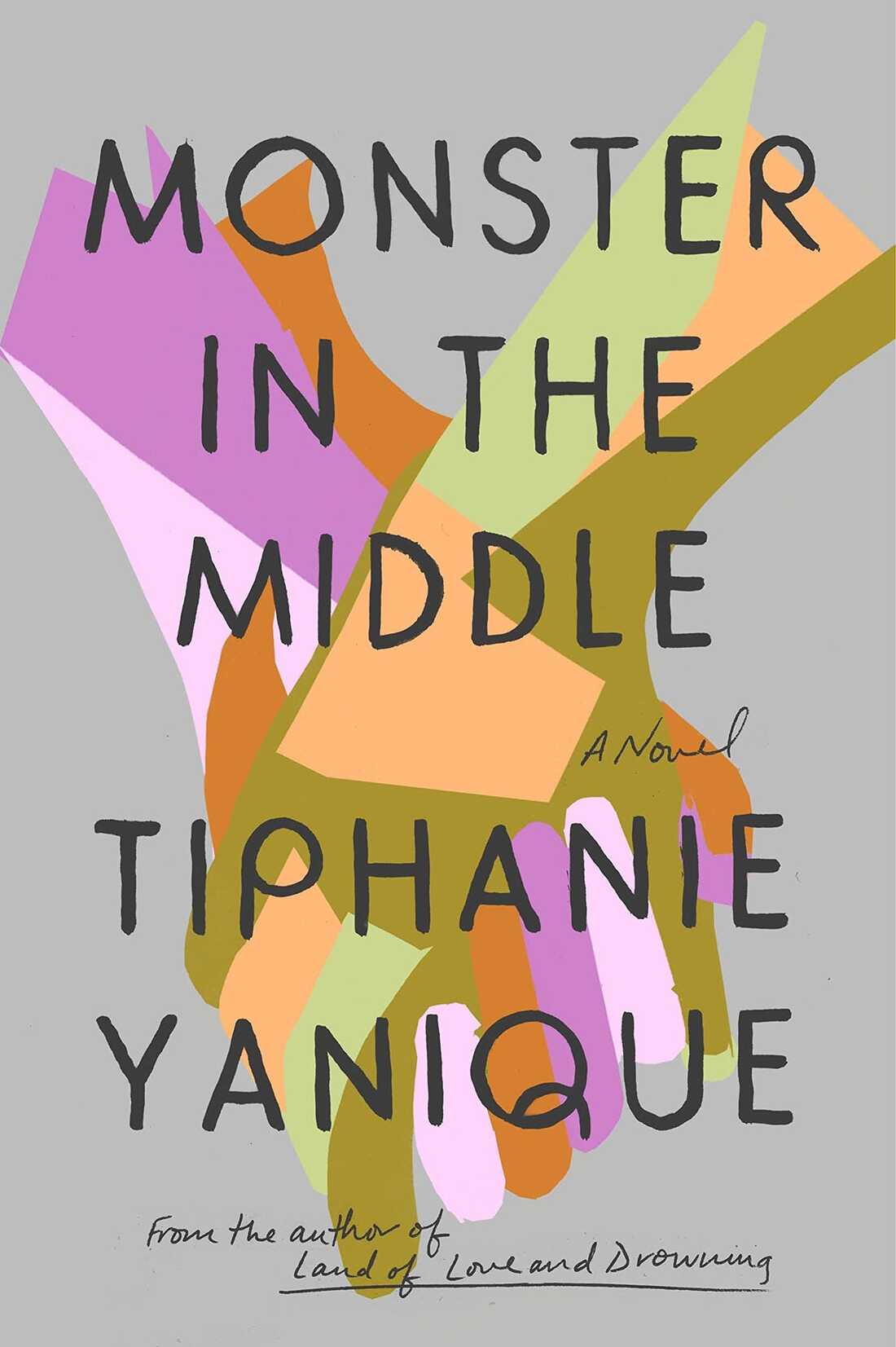Tiphanie Yanique's Monster in the Middle is an ambitious novel. It's a story about love that sets out to capture both minds and hearts. Like an earnest suitor, it declares its intentions from the start: in the epigraph that laments the challenge of being taken seriously when writing about love and in a prologue that explores the complex nature of romantic love. To varying degrees, it succeeds on both counts.
Anyone who's ever contemplated writing, studying or reading about romantic love knows this is a valid complaint — even Shakespeare is taken less seriously when his subject is love. So the epigraph set the mood, but it was the prologue, in the form of an intergenerational love letter from parents to their children about falling in love, that first began to capture my heart. How could it not, when it begins "Dear Loves"?
The letter explains love's communal nature, a theme that persists throughout the novel:
... listen, sweet ones, you are not falling in love with that one person. It's that you're bringing it all. You're bringing us.
It's like how them old-timey folks used to say that when two people get married it's two families coming together.
Or another way to understand it is that when you meet your love, you are meeting all the people who ever loved them or who were supposed to love them but didn't love them enough or, hell, didn't love them at all.
Despite its sweetness, the letter closes in a provocation: "You feel where this is going, my loves? Please pay attention, knuckleheads, because it's going regardless."
Yanique maintains that balance throughout a surprisingly lean, three-part, multigenerational novel. Each of the first two sections focus on one of the parties in the central love story — Fly and Stela — and their parents. The third brings them together. Within that structure, the novel unfolds as the letter predicts. "Fly" and "Stela" include chapters on their families, how they grew up, met and fell in love, and how they first discovered love and sex themselves — the significant relationships and formative experiences that made them the slightly bruised and battleworn adults they are. The third and final section, "Stela and Fly," highlights the challenges they face as they make the conscious decision to love each other.
Each section is compelling in its own way. Stela and Fly are Black people who grew up in very different contexts, but both enjoy certain privileges — they have family, stable homes and parental love. Fly is a talented, handsome boy from a middle-class home in Georgia. But Fly's story, like his family life, is more melancholy and fraught than Stela's. Religion plays a role in his life, but it's a fractious, complicated thing. His parents' marriage is strained. His father is living with schizophrenia, and his mother has her own childhood traumas. He is loved, but the love his family shares feels like a fragile thing.
Much of Stela's story follows a more joyous arc. She's a bright student and a talented painter from a tight-knit, loving family in Saint Thomas in the Virgin Islands, a place Stela both adores and is loved and accepted by in return. She enjoys a confidence grounded in family and her Catholic faith (at least in those early years). Plus, her mother, despite having a rocky start, sets a high bar, finding powerful and abiding romantic love twice in her life. Though imperfect, Stela's childhood is bookended by the loving family she's born into and a meaningful experience of childhood love.
These threads converge when Stela and Fly meet. They are absolutely lovely, but ironically, this is where the story falters the most, allowing the barest glimpse of how they could be together. The novel effectively shows that love is a social project. The future is written not in the stars; it is far more grounded here on earth, in our roots.
Through these stories, Yanique deftly explores the role identity, religion and culture as well as family play in who and how we're able to love. Even though the primary love story was always going to come second to those connections, the climax and payoff of that transnational, multigenerational storytelling is still surprisingly brief and less rewarding than the journey. The last section begins with a lyrical meditation on all that's happened and all that Stela and Fly and their parents and forebears have overcome for these two people to meet, "sitting on the same park bench or at the same café table or on the same grass at an outdoor concert. Whatever."
By this time, Yanique writes, Stela and Fly "have an ancestry's worth of broken hearts between them." That strikes an odd chord, since what really comes between Stela and Fly is what's in the air in New York City in the spring of 2020. So a story that has been building to something great contracts, becoming darker and constrained by new external forces at the 11th hour. It's frustrating, as though the author is withholding her love, and what's offered in return can only skim the surface of these larger crises.
A slow runner and fast reader, Carole V. Bell is a cultural critic and communication scholar focusing on media, politics and identity. You can find her on Twitter @BellCV.
"in" - Google News
October 23, 2021 at 04:00PM
https://ift.tt/2XDXYh1
Review: 'Monster in the Middle,' by Tiphanie Yanique - NPR
"in" - Google News
https://ift.tt/2MLa3Y1
https://ift.tt/2YrnuUx
Bagikan Berita Ini















0 Response to "Review: 'Monster in the Middle,' by Tiphanie Yanique - NPR"
Post a Comment